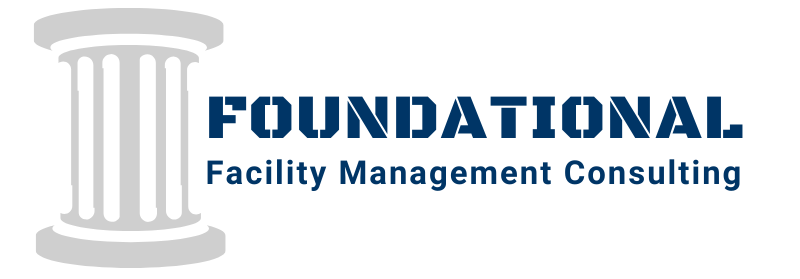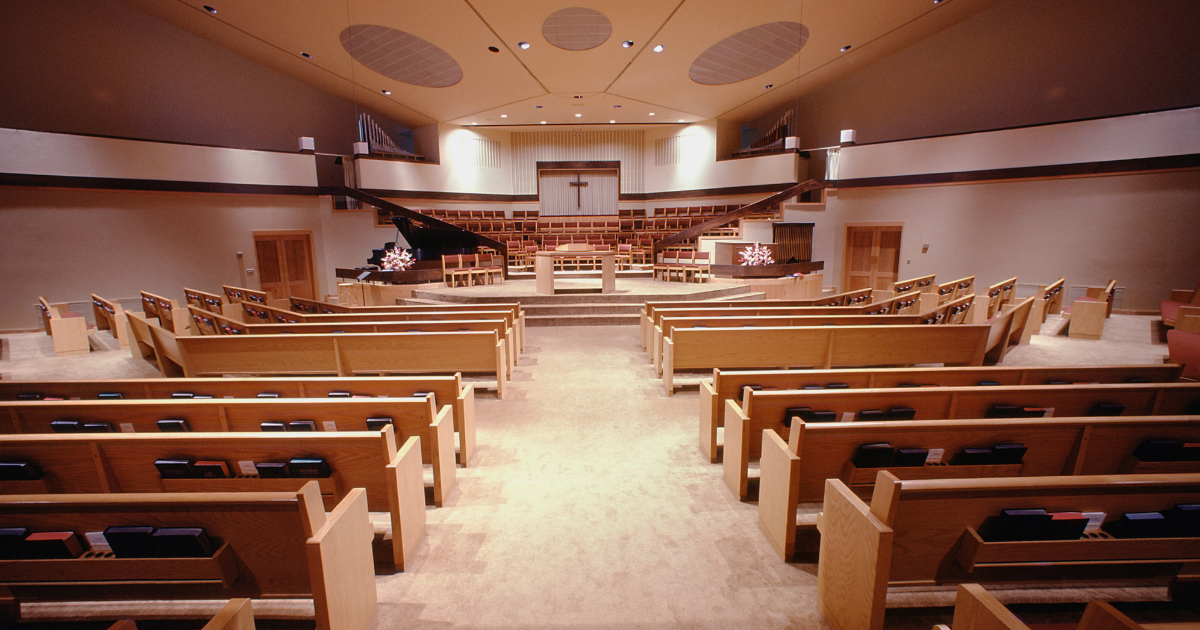Mid-Year Facility Budget Adjustments: How Churches Can Save Money
We’ve reached the halfway point of the year, and as always, it seems to be flying by. While the summer months can mean long, relaxing days and vacations, it’s also the perfect time to do a mid-year budget review. Inflation is hitting harder this year, which means you may have noticed a decline in giving. But whether your numbers are up or down for the year, a mid-year facility budget review is important for keeping things in check.
Managing a church’s facility budget can be a daunting task, especially when unexpected expenses arise. However, with strategic planning and proactive measures, churches can make significant adjustments to reduce their facility budget mid-year. Here are some practical tips to help you achieve this goal.
1. Conduct a Facility Condition Assessment
If you haven’t already completed a Facility Condition Assessment, this is a good first step to take during your midyear review. This involves inventorying all building assets, evaluating their current condition, and identifying areas that require immediate attention. By understanding the state of your facilities, you can prioritize maintenance tasks and allocate funds more effectively.
This assessment can be conducted in-house, or you can hire an outside facility professional to handle it for you.
2. Have a Facility Maintenance Plan
It’s essential to have a facility maintenance plan in place. When you do, during your mid-year review, you can check your progress, identify areas of concern or weakness, and make necessary adjustments. A well-defined plan helps you stay on track and ensures that all maintenance tasks are performed timely and efficiently. If you need help completing a customized facility maintenance plan for your church facility, schedule a free consultation today to discuss your options.
3. Implement Preventative Maintenance
Shifting from reactive to preventive maintenance is crucial for reducing long-term costs. If you’re experiencing frequent failures or breakdowns and more reactive work orders, it’s a clear sign that your maintenance approach needs investigation and adjustment. Preventive maintenance helps identify potential issues before they become major problems, saving money on repairs and extending the life of your assets.
4. Optimize Energy Usage
Energy costs can take a significant chunk out of your facility budget. If you notice your utility costs are significantly higher than expected, it can indicate that something is wrong. Conducting an energy audit can help identify areas for improvement.
Simple measures like upgrading to smart thermostats, adding weatherstripping and seals to doors and windows, and installing light sensors can lead to substantial savings.
To further reduce energy consumption, adjust the heating and cooling settings for areas of the building that aren’t used frequently throughout the week. While it might not make sense to vary the temperature significantly in a room overnight if it’s being used the next day, you likely have areas of your building that remain unused until the weekend. Adjusting the temperature in these areas for the majority of the week can save a significant amount of money.
5. Engage Volunteers
As a church, you have a unique benefit that small businesses don’t have—people interested in volunteering their time and talents. Many church members are willing to contribute their time and skills to help with minor repairs, landscaping, and cleaning. You can organize volunteer workdays to tackle various projects or find people willing to lead an area of facility maintenance, reducing the need to hire external contractors.
6. Plan for the 2025 Budget and Asset Lifecycle Replacement
If you haven’t already started, now is a good time to plan for the 2025 budget. Consider the lifecycle replacement costs of assets to avoid unexpected expenses in the future. This proactive approach will help you anticipate and spread costs over time, making budget management more predictable.
7. Develop Contingency Plans
As a responsible facility manager, you don’t want to present a problem to the elders or leaders within the church without also having potential solutions. If the facility requires more financial investment than originally budgeted, it’s helpful for you to present the elders with a Plan B and C instead of just sharing the problem with them. You want to show that you’ve done your research and considered all options.
For example, if you don’t have the option to increase your budget for the year, you may need to postpone or eliminate non-essential projects for the year, like installing new LED lights or repaving the parking lot. Presenting these alternatives makes the situation real to the decision-makers and demonstrates your commitment to staying within the budget.
8. Review Contractor Services
Examine the areas where contractors handle tasks and consider if any of these can be done in-house to save on budget. Simple tasks like filter changes can often be performed by volunteers or staff instead of paying an HVAC company.
If you have areas where you need or want to continue working with contractors or vendors, take time to review your agreement and the work they’re doing. You may be able to renegotiate the details of the contract to lower your costs for the year.
9. Use Technology for Efficiency
Invest in technology that can help streamline facility management. Computerized Maintenance Management Systems (CMMS) can automate scheduling, track maintenance tasks, and provide valuable data for decision-making. This can lead to more efficient operations and cost savings in the long run. But keep in mind that the software itself isn’t going to lead to reducing costs. You’ll need to have a customized facility maintenance plan in place to input into the system. Otherwise, you’re spending money on software that isn’t going to save you in the long run.
10. Regular Budget Review
Regularly reviewing and adjusting your budget is essential for staying on track. Monitor your expenses, compare them against your budget, and identify any discrepancies. Make adjustments as needed to ensure you are staying within your financial limits and making the most of your resources.
By taking these steps, you can make effective mid-year adjustments to your facility budget, ensuring you’re being good stewards of your financial resources. If you need help assessing your facilities or creating a customized facility management plan, Foundational Facility Management Consulting is here to assist you. Schedule a free consultation today to discuss your needs and learn how we can help your church achieve its maintenance and budget goals.



